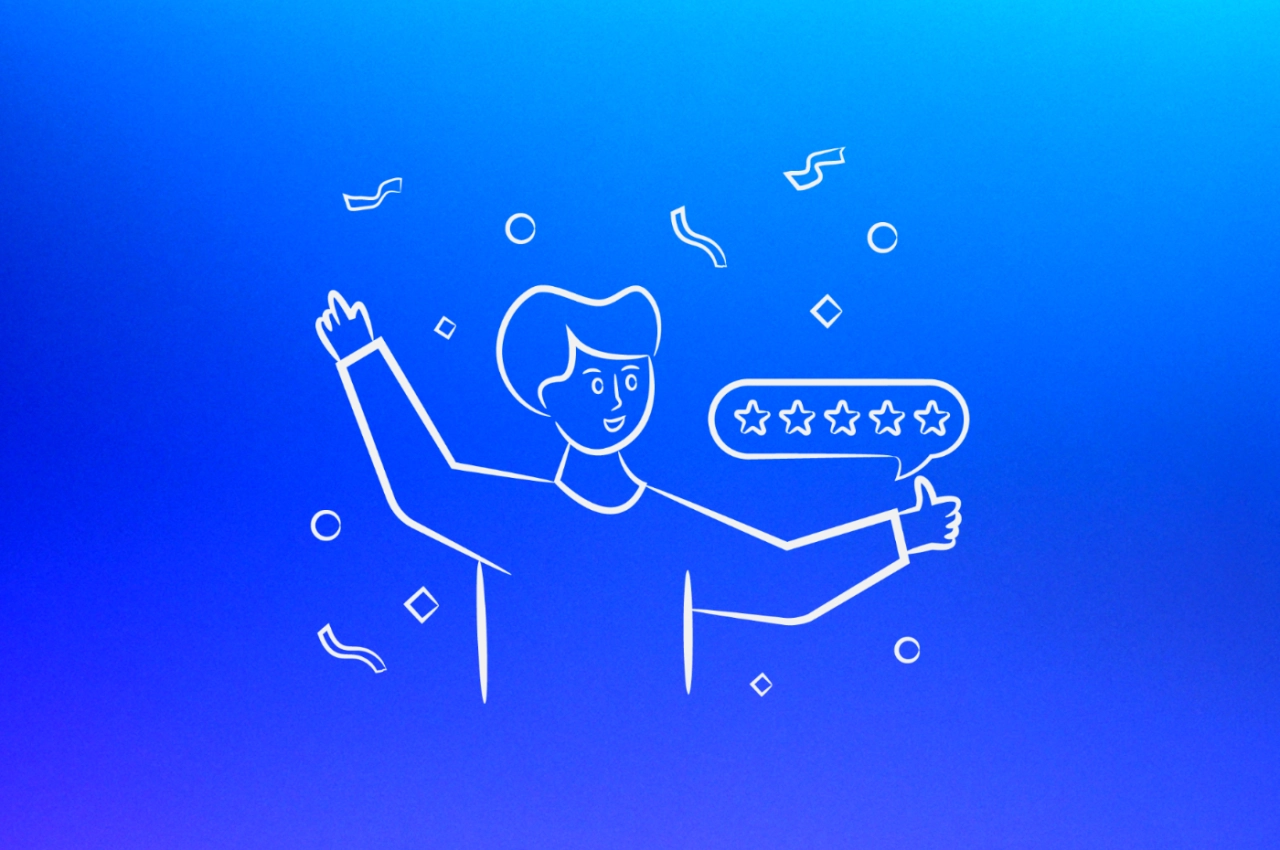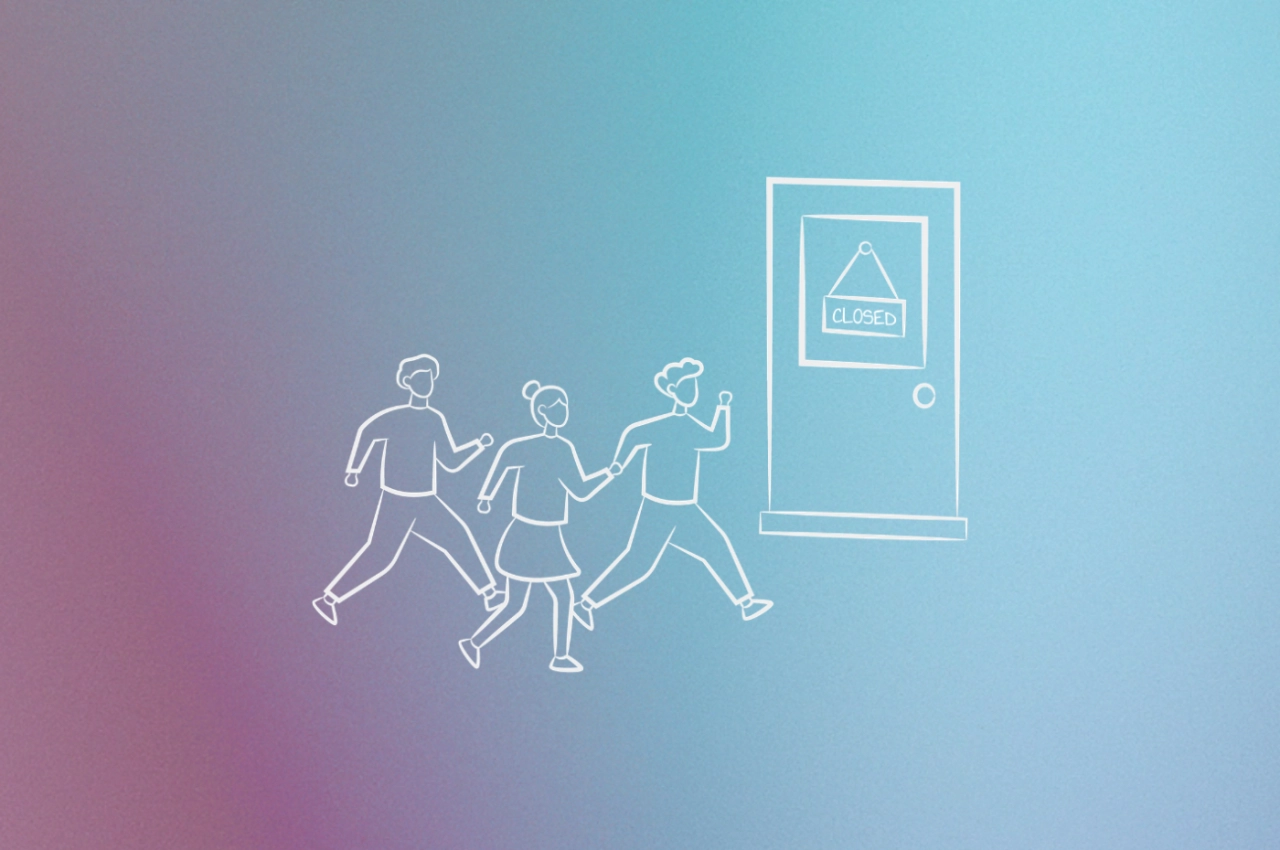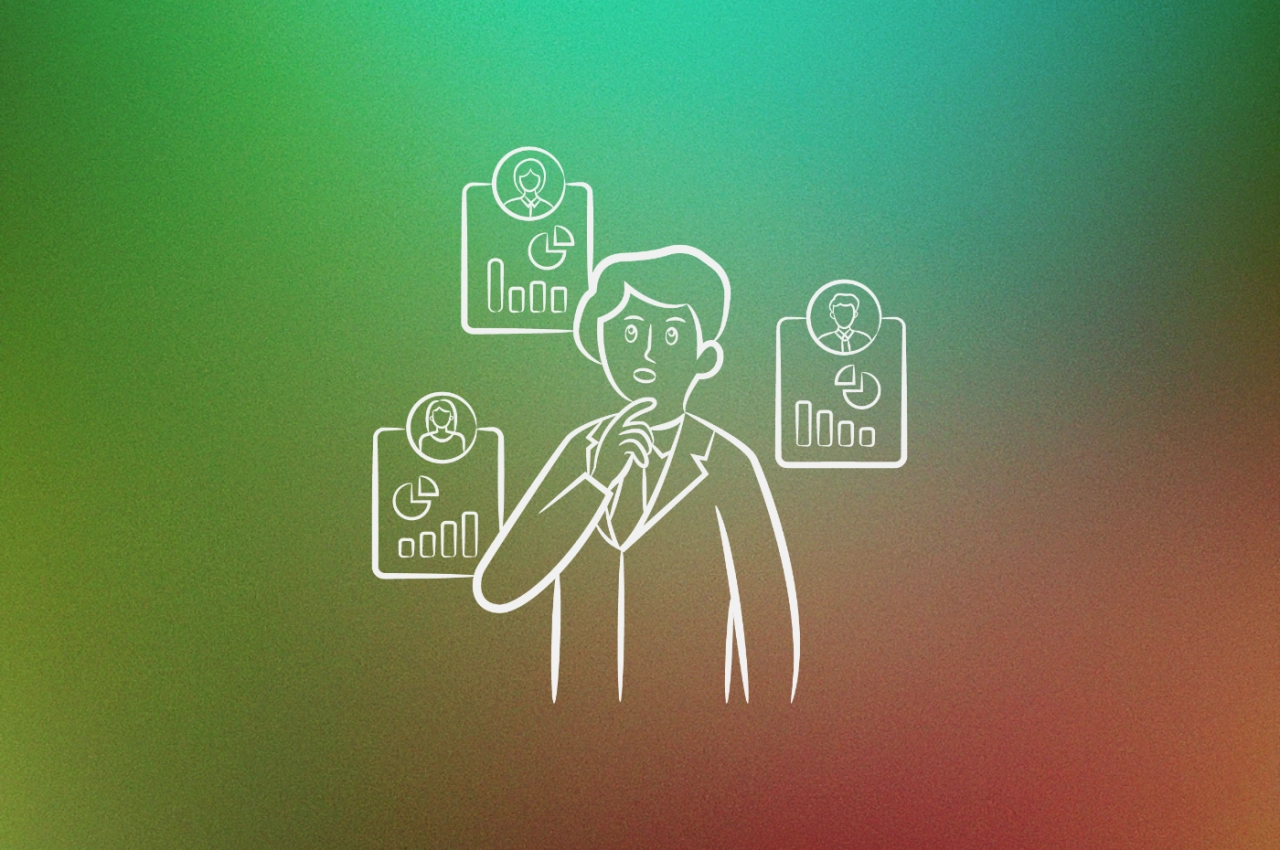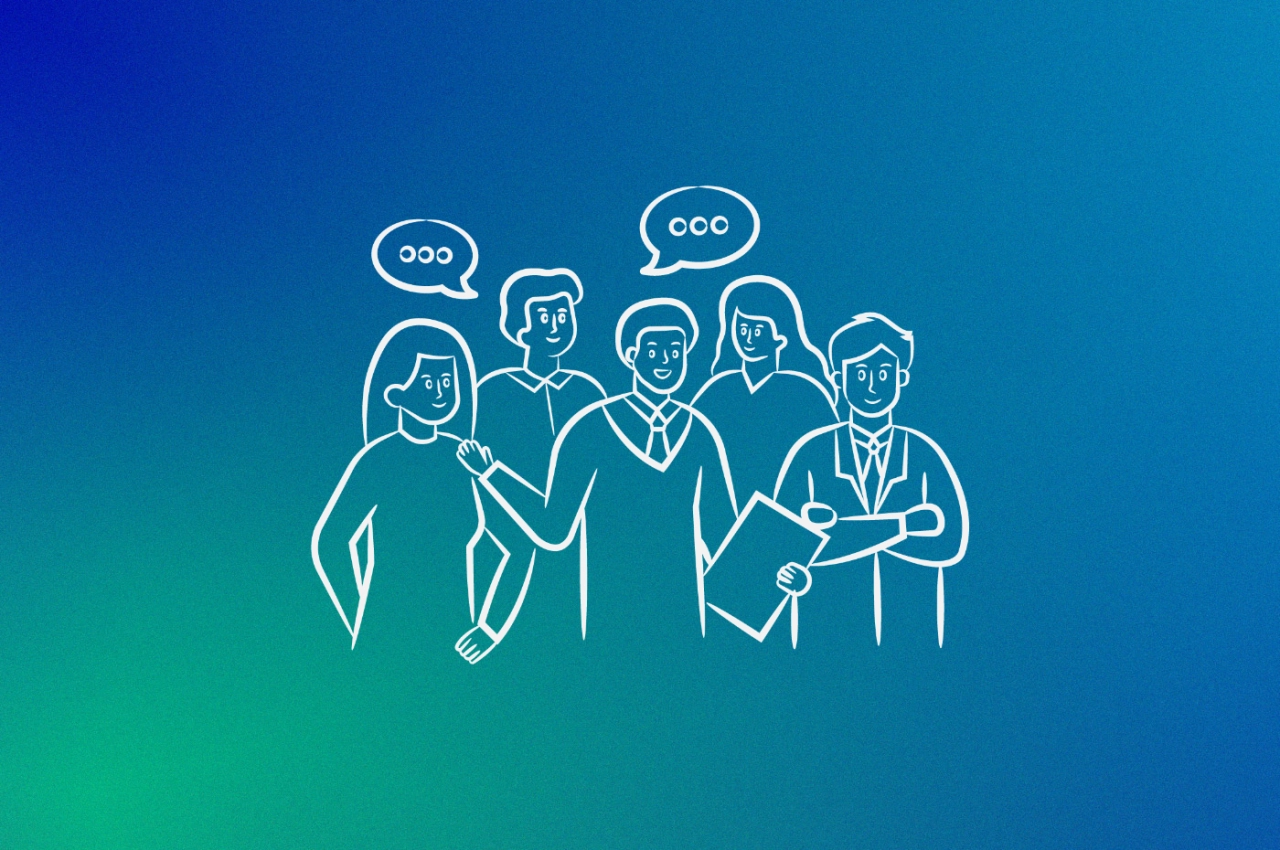- According to BIA/Kelsey, more than 50% of annual revenue for small businesses comes from loyal patrons who spend up to 67% more than new customers.
- Acquiring new customers can be five times more expensive compared to retaining current ones, making data-driven strategies crucial for business success.
- By leveraging customer data analytics and offering personalized services and promotions, businesses can foster strong relationships with loyal patrons who drive long-term growth.
You’ve heard it before: “The customer is always right.” But what if I told you that’s only half the story? The truth is, not all customers are created equal. In fact, there’s a select group of buyers who hold the key to your business’s long-term success—and you should spend more time on them when it comes to client retention.
Meet the repeat customer. These aren’t your average one-and-done shoppers. They’re the ones who come back, again and again, like clockwork. They’re the faces you recognize, the names you remember, the people who make your business feel more like a community than a transaction.
So why aren’t more businesses laser-focused on turning one-time buyers into loyal fans? Maybe because it’s not as flashy as chasing new customers. Maybe because it requires patience and strategy. Or maybe because they simply don’t know the impact repeat customers can have.
That’s about to change. I’ll take you down a path of data-backed reasons why repeat customers aren’t just nice to have—they’re absolutely critical for your business’s growth and survival.
What is a repeat customer?
Repeat customers return to purchase from a business more than once. They have made multiple transactions over time, showing loyalty, and differ from one-time buyers by having consistent purchase behavior.
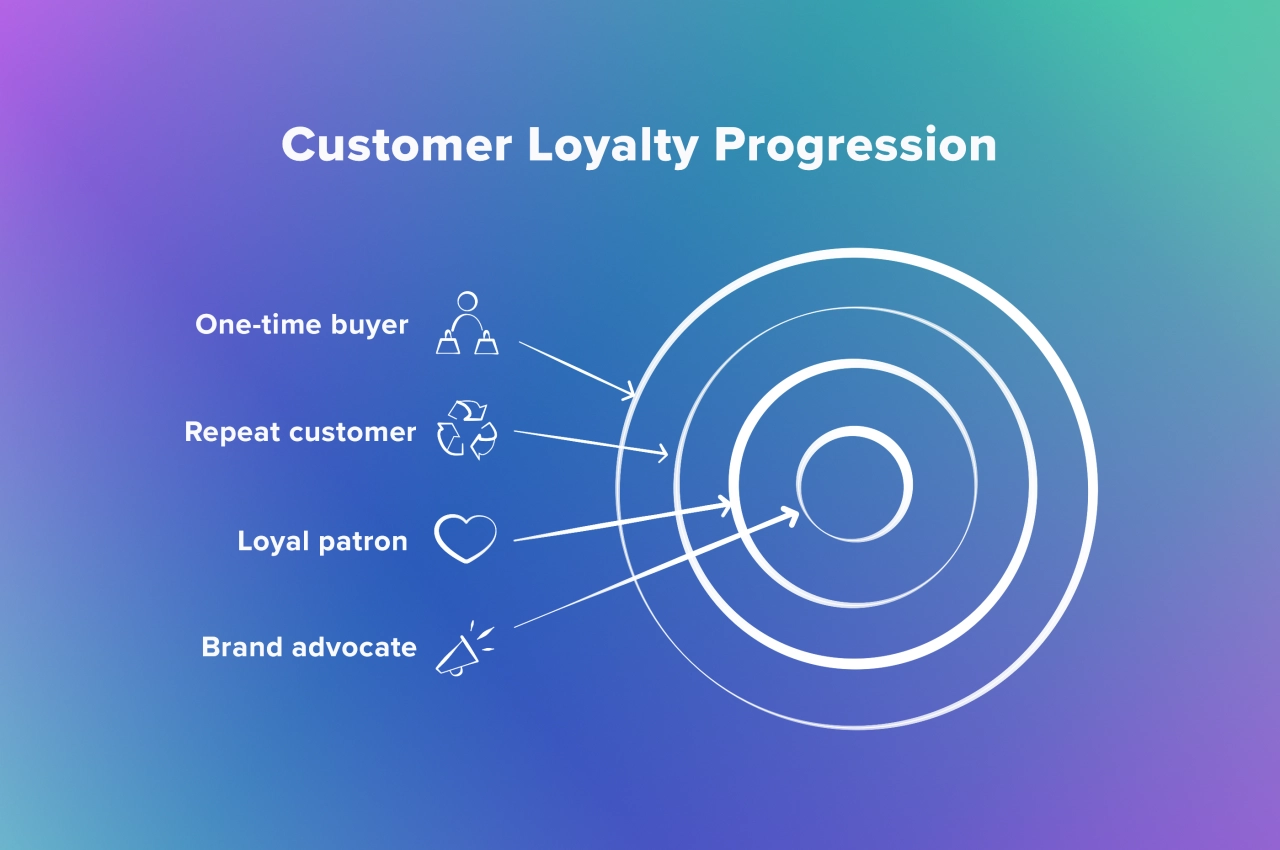
Repeat customers are easy to spot in everyday scenarios. Think about loyal clients signing up for ongoing services from an SMM agency. These folks ensure they get their services consistently. Another example would be clients who order a blog post once, and then come back—again and again. They don’t do it for fun; they’re coming back because they trust the quality and find value in the services the content agency provides.
Let’s look at the two main types of repeat customers:
High-frequency repeat customers: This group buys regularly but might spend less per visit. Imagine someone who purchases a single blog post twice a week. They don’t buy them in bulk, but sales are substantial over a year.
High-value repeat customers: These are often larger agencies who purchase bigger orders. They won’t just buy one blog post, but most likely ten in one go.
Benefits of repeat customers
Increase in spending over time leads to better profits, which is cost-effective compared to getting more agency clients.
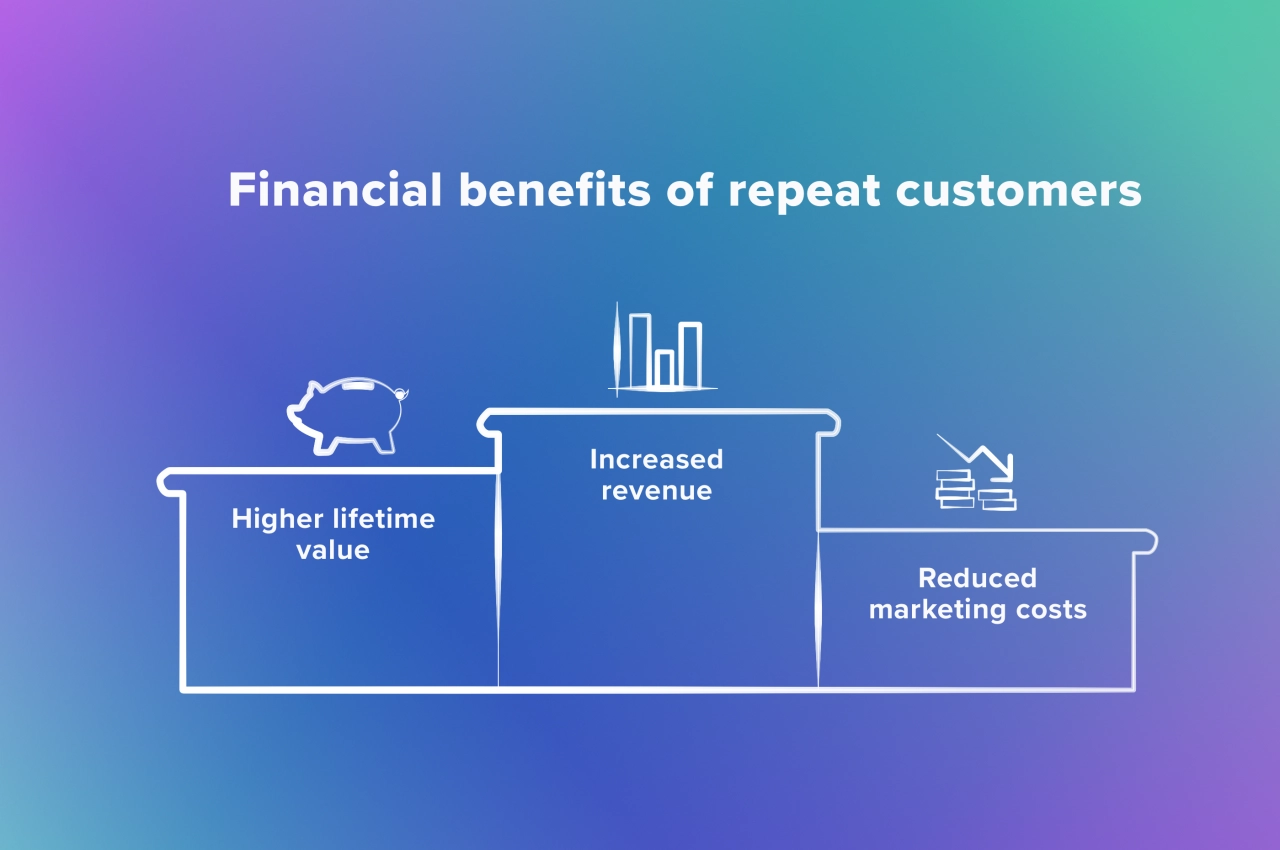
Increased revenue
Repeat customers often spend more than new customers. This leads to higher income over time. According to BIA/Kelsey, more than 50% of annual revenue for small businesses comes from these loyal patrons. They can spend up to 67% more than those buying for the first time. During peak seasons like holidays, repeat customers elevate their spending by 25% per transaction. New customers, in contrast, only boost spending by 17% in such periods.
Reduced marketing costs
Holding onto repeat customers can be cheaper than finding new ones. Acquiring new customers can be five times more expensive compared to retaining current ones. Repeat customers recognize a brand and its offerings. They don’t need the influencing new customers require.
Higher lifetime value
The lifetime value of a repeat customer is often much higher. A small 5% increase in retention can lead to a 95% jump in profits. This reveals the powerful financial impact of loyal customers. They bring consistent business and uphold long-term growth.
Easier sales
Sales to repeat customers tend to be more straightforward. You’re more likely to close a sale with an existing customer with a strong 60–70% chance. Selling to new clients sits lower, at 13%. This illustrates the ease of converting loyal clients versus fresh faces.
Promotion & referrals
Word-of-mouth promotion is another boon from repeat customers. They are more likely to share their brand experiences. Around 60% talk about their favorite brands with friends and colleagues. Referrals excel, as repeat customers introduce 50% more people than one-time buyers.
How to encourage repeat purchase behavior
Customers love it when businesses pay attention to their tastes and needs. Personalization is not just about using a customer’s name in an email. It’s about offering service suggestions and offers based on their previous purchases. Data analytics plays a crucial role here.
In SPP, you can tap into this data by accessing the different reports we have to offer.
You can:
access the clients report and see who bring in the most value
see the services that are the most popular, or
check the coupon usage.
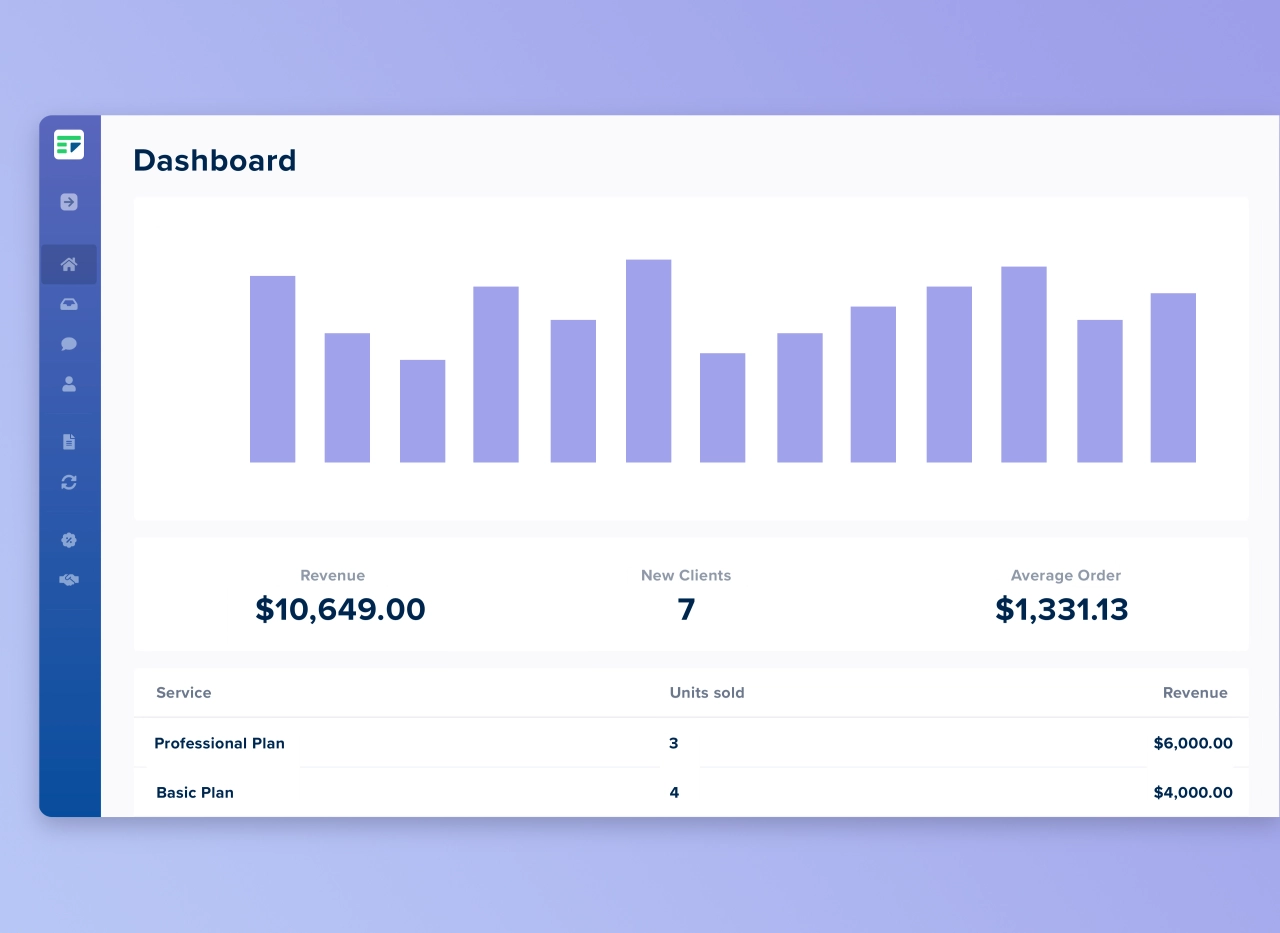
Get an overview of all your metrics with our powerful reporting.
By tapping into this customer data, businesses can craft marketing campaigns that hit the mark. Offering suggestions similar to past purchases can increase the likelihood of a repeat sale. An Accenture report found that 91% of consumers are more likely to shop with brands that recognize, remember, and provide relevant offers. Personalization can lead to a seamless shopping experience that keeps customers coming back for more.
Let’s look at different strategies you can use to make sure your clients purchase from you repeatedly.
For existing clients
Regular check-ins: Schedule regular check-ins with clients to understand their evolving needs, provide insights into industry trends, and showcase new services or features.
Value-added services: Offer additional services that complement your existing work, such as content creation, social media management, or training sessions.
Exclusive discounts: Provide exclusive discounts on future projects or services for loyal clients who refer new business.
For new clients
Free consultations: Offer free consultations to prospective clients, allowing them to assess the value you can bring to their business.
Case studies: Develop engaging case studies and success stories that highlight your expertise in tackling similar challenges for existing clients.
Onboarding experience: Create a comprehensive onboarding process for new clients that sets clear expectations, provides valuable insights into your agency’s capabilities, and showcases successful projects.
For agencies, onboarding can be especially powerful. If you read our case study with Victoria from 100 Pound Social, you can get more information about why she focuses so much on it.
Common questions: understanding repeat customers
What do you call a repeat customer?
A repeat customer is someone who buys from you multiple times. While similar to a regular customer, a repeat customer is generally understood to have a deeper connection to the brand. They’re more than just regular; they demonstrate loyalty.
How to identify repeat customers?
Identifying repeat customers can be straightforward, especially with good data. Agencies track transactions using customer accounts in their client portal, which keeps a record of purchase history.
What is the difference between a repeat customer and a regular customer?
The main difference lies in that extra level of loyalty and intent. Regular customers visit your website often but aren’t necessarily committed. Repeat customers show a willingness to return specifically because of positive experiences, not just out of convenience.
Conclusion
Repeat customers are the lifeblood of successful businesses. They spend more, cost less to retain, and become brand advocates. By focusing on exceptional service, consistent quality, and personalized engagement, you can turn one-time buyers into loyal patrons. Remember, it’s not just about the sale—it’s about building relationships that last.
Implementing customer retention strategies isn’t a one-time effort. It’s an ongoing commitment to understanding and meeting your customers’ evolving needs. Start by delivering outstanding experiences, then nurture those connections through targeted email marketing and loyalty programs. Listen to feedback, adapt, and always strive to exceed expectations.



